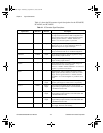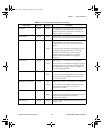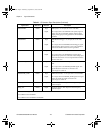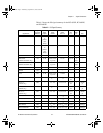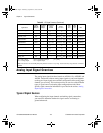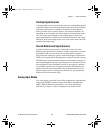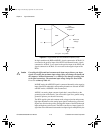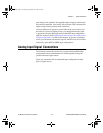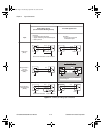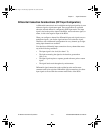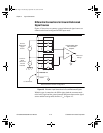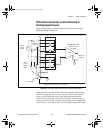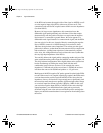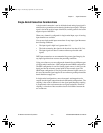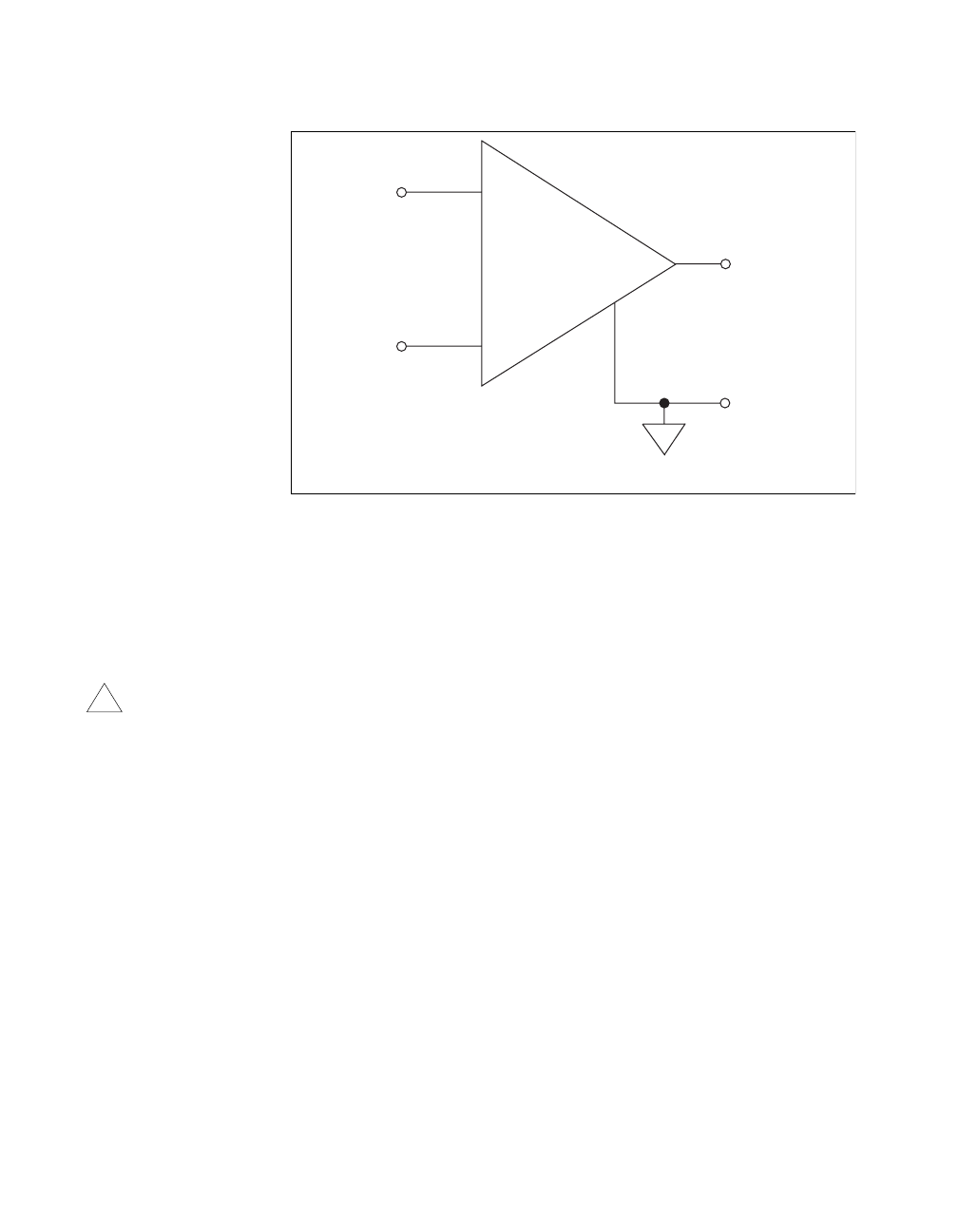
Chapter 4 Signal Connections
PCI-6023E/6024E/6025E User Manual 4-10
©
National Instruments Corporation
Figure 4-3. Programmable Gain Instrumentation Amplifier (PGIA)
In single-ended mode (RSE and NRSE), signals connected to ACH<0..15>
are routed to the positive input of the PGIA. In differential mode, signals
connected to ACH<0..7> are routed to the positive input of the PGIA, and
signals connected to ACH<8..15> are routed to the negative input of the
PGIA.
Caution Exceeding the differential and common-mode input ranges distorts your input
signals. Exceeding the maximum input voltage rating can damage the board and
the computer. National Instruments is
NOT
liable for any damages resulting from
such signal connections. The maximum input voltage ratings are listed in the
Protection column of Table 4-2.
In NRSE mode, the AISENSE signal is connected internally to the negative
input of the PGIA when their corresponding channels are selected. In DIFF
and RSE modes, AISENSE is left unconnected.
AIGND is an analog input common signal that is routed directly to the
ground tie point on the boards. You can use this signal for a general analog
ground tie point to your board if necessary.
The PGIA applies gain and common-mode voltage rejection and presents
high input impedance to the analog input signals connected to your board.
Signals are routed to the positive and negative inputs of the PGIA through
input multiplexers on the board. The PGIA converts two input signals to a
signal that is the difference between the two input signals multiplied by the
-
Programmable
Gain
Instrumentation
Amplifier
-
Measured
Voltage
V
m
+
+
PGIA
V
in+
V
in-
V
m
= [V
in+
- V
in-
]* Gain
!
PCI.book Page 10 Wednesday, September 16, 1998 9:09 AM





